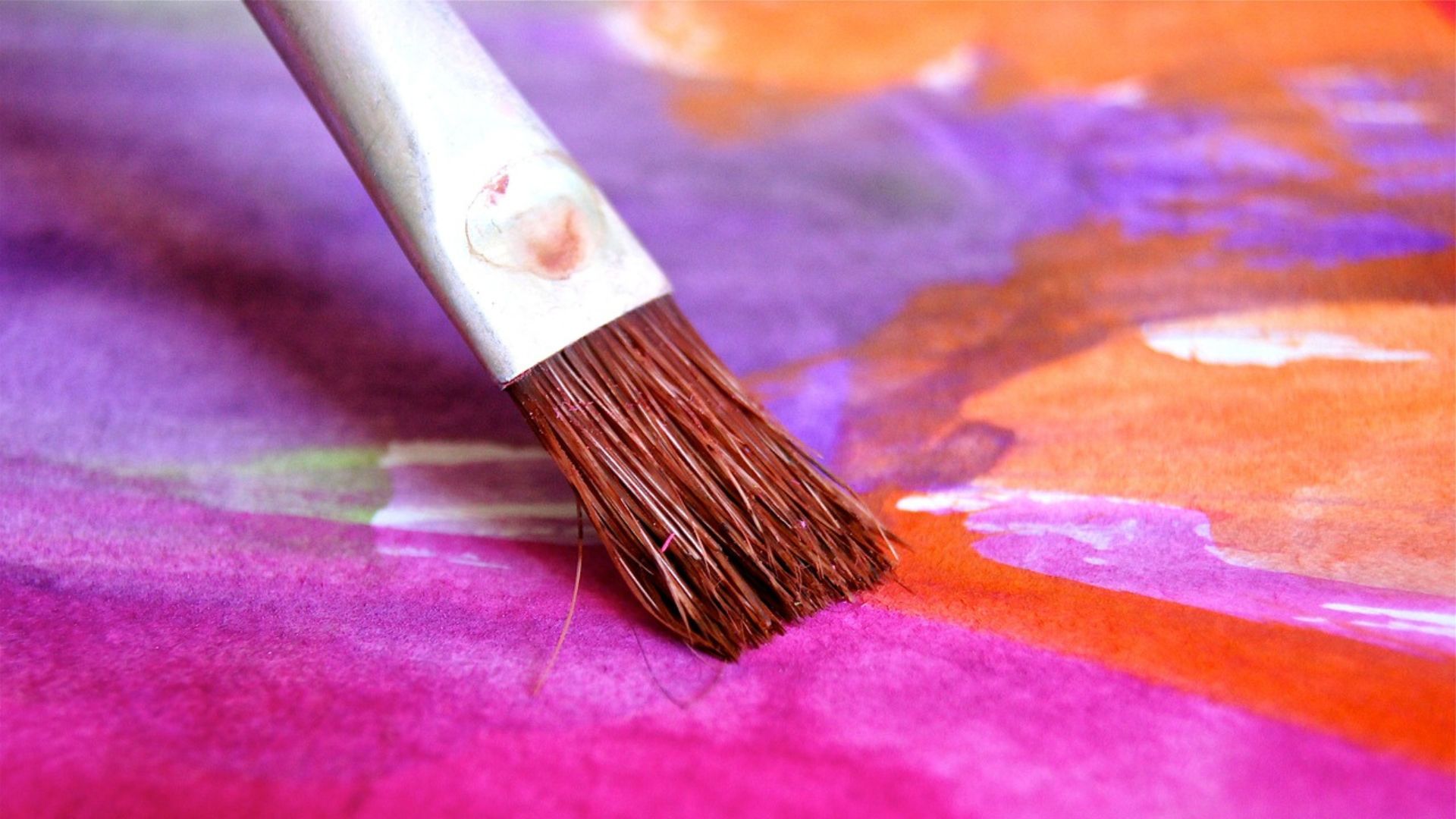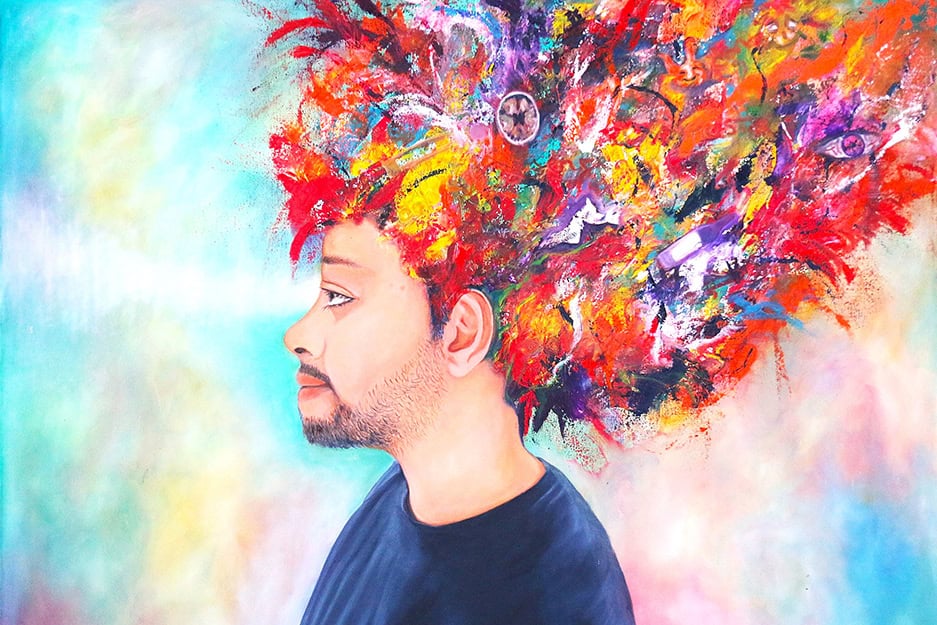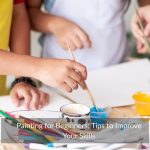
Painting is one of the oldest and most expressive forms of visual art. From the delicate brushstrokes of Renaissance masters to the bold textures of modern abstract art, painting techniques are as varied as the artists who use them. Whether you’re a beginner looking to explore your creativity or a seasoned artist aiming to refine your craft, mastering essential painting techniques can elevate your work and broaden your artistic horizons.
In this comprehensive guide, we’ll walk you through the most important painting techniques every artist should know, suitable across different mediums – oil, acrylic, and watercolor.
1. Underpainting
Underpainting is the process of creating a monochromatic base layer for your painting. It serves as a foundation to establish composition, values (light and dark areas), and general forms before you apply full color.
This technique is commonly used in oil and acrylic painting. Underpainting helps in achieving depth and contrast and provides a visual guide as you build the painting.
Tip: Use burnt umber, raw sienna, or Payne’s grey for neutral underpaintings. Make sure it’s fully dry before layering on top.
2. Glazing
Glazing is the technique of applying a thin, transparent layer of paint over a dry, opaque layer to alter the appearance of the colors beneath. This adds depth, richness, and luminosity to your painting, especially in oil and acrylic work.
It’s widely used in portrait painting to create realistic skin tones or atmospheric effects in landscapes.
Key advice: Use a soft brush and apply multiple thin layers instead of one thick one to maintain clarity and control.
3. Scumbling
Scumbling is a technique where a thin, light-colored, semi-opaque layer is brushed over a dry, darker area. Unlike glazing, which is smooth and transparent, scumbling has a broken, textured look. This allows the lower layers to peek through and creates a hazy, diffused effect.
Artists often use scumbling for clouds, mist, or light rays and to add softness to transitions.
Good to know: Use a dry brush and very little paint to avoid covering the entire underlayer.
4. Impasto
Impasto involves applying thick, textured paint to the canvas, creating visible brush or palette knife marks. It gives the artwork a three-dimensional, sculptural appearance and is excellent for conveying movement and energy.
Famous artists like Vincent van Gogh used impasto to give life to their expressive paintings.
Best used with: Oil and heavy-body acrylic paints.
Tool tip: Palette knives are great for dramatic, textured strokes.
5. Wet-on-Wet (Alla Prima)
Wet-on-wet, also known as alla prima, is a technique where you apply wet paint onto wet layers without waiting for them to dry. This approach allows for blending colors directly on the canvas and is ideal for loose, expressive work.
Oil and watercolor painters often use this technique to create spontaneous, fluid effects.
When to use it: Landscapes, portraits, and impressionistic art.
Bonus tip: Plan your colors in advance; overmixing can result in muddy hues.
6. Wet-on-Dry
As the name suggests, wet-on-dry involves applying wet paint onto a dry surface. This technique gives more control and crisp, defined edges, unlike the soft transitions of wet-on-wet.
It’s commonly used in detailed areas like architectural lines, facial features, or patterns.
Mediums: Works well in acrylics and watercolors.
Helpful tip: Use wet-on-dry for adding final touches and clean outlines.
7. Blending
Blending is essential for creating smooth transitions between colors or values, especially when painting skin tones, skies, or water. The goal is to eliminate harsh edges and create a natural flow from one shade to another.
How to blend:
- Use a clean, dry brush or sponge to soften the transition.
- Work quickly while the paint is still wet (especially with acrylics).
- Use circular motions for softer gradients.
Mediums: Oil allows the most time for blending; acrylics dry fast and may require retarders.
8. Dry Brushing
Dry brushing creates a scratchy, broken texture by using a dry brush with minimal paint. This technique works well for adding texture to surfaces like wood, stone, fabric, or aged objects.
To use it:
- Dip your brush lightly into the paint.
- Wipe most of it off on a paper towel.
- Lightly drag the brush across the surface.
Result: A textured, semi-transparent layer that lets the background show through.
9. Sgraffito
Sgraffito involves scratching through a top layer of paint to reveal the color or surface beneath. It’s a creative way to add details, texture, or contrast, and is commonly used in acrylic and oil painting.
Tools: You can use toothpicks, palette knives, or the end of your brush.
Use cases: Hair, grass, fine lines, or abstract textures.
10. Splattering
Splattering is a spontaneous technique where you flick or throw paint onto the canvas for expressive and abstract effects. It’s great for adding randomness and energy to a composition.
Steps:
- Thin the paint slightly for easier splatter.
- Load the brush and flick it using your finger or wrist.
- Cover areas you want to keep clean.
Tip: Try combining splattering with masking techniques for layered designs.
11. Lifting (Watercolor-Specific)
Lifting is a watercolor technique where you remove paint from the paper to lighten areas or create highlights. You can do this with a dry brush, sponge, or paper towel.
Best for: Clouds, reflections, light textures, and correcting mistakes.
Technique: Wet the area slightly and dab with an absorbent material to lift the pigment.
12. Dabbing and Stippling
Dabbing uses a sponge or cloth to apply paint in a blotting motion, while stippling involves creating images through a series of small dots. Both techniques are useful for building up textures such as foliage, skin, or animal fur.
Tip: Vary pressure and color density to create dimension and realism.

Final Thoughts
Mastering painting techniques is not just about following rules—it’s about building a toolkit that lets you express yourself more effectively. Each technique has its own power and personality. The more you practice them, the more fluent and confident you’ll become in your artistic voice.
You don’t have to learn all techniques at once. Start with the basics, explore a few styles that interest you, and let your curiosity guide your growth. Over time, you’ll naturally blend techniques and invent your own as your skills evolve.
FAQs
What is the easiest painting technique for beginners?
Dry brushing and wet-on-dry are great for beginners because they offer control and are less messy.
Should I use different brushes for different techniques?
Yes. For example, soft round brushes work well for blending, while stiff bristle brushes are ideal for dry brushing and scumbling.
Can these techniques be combined in one painting?
Absolutely! Many professional artists combine techniques like underpainting, glazing, and impasto in a single piece for dynamic results.



